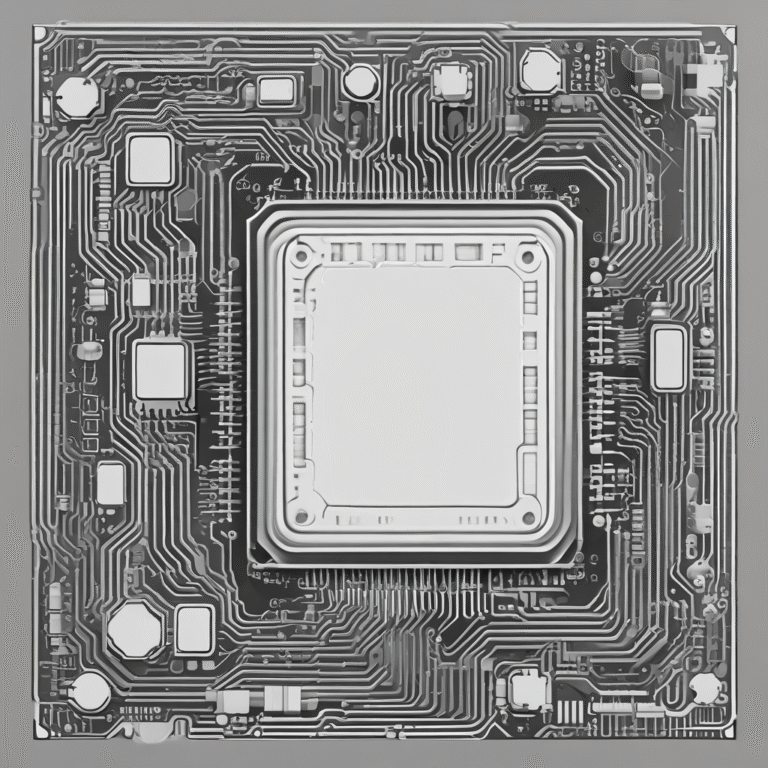Introduction to the EU AI Act
The rapid advancement of artificial intelligence (AI) technologies has brought forth a myriad of opportunities and challenges. As these technologies permeate various sectors, concerns about their ethical implications, safety, and potential misuse have prompted regulatory bodies to take action. One such response is the European Union’s AI Act, a groundbreaking legislative framework aiming to regulate AI usage across member states. This article delves into why some advocate to ban artificial intelligence, focusing on the EU AI Act’s prohibitions and guidelines.
Overview of the Act’s Purpose and Scope
The EU AI Act is designed to ensure that AI systems used within the EU are safe and respect existing laws on fundamental rights and values. The Act classifies AI systems by risk levels, ranging from unacceptable to minimal, and sets out corresponding regulatory obligations for each category.
Prohibited AI Practices
Manipulative AI
Manipulative AI systems, those employing subliminal, manipulative, or deceptive techniques, are outright banned under the EU AI Act. These systems exploit human vulnerabilities, often for malicious purposes, such as in certain video games or scams targeting vulnerable populations like the elderly.
Social Scoring
Social scoring systems, which assess individuals based on their social behavior for purposes like insurance premium pricing, are also prohibited. These systems can infringe on personal freedoms and privacy, leading to discriminatory practices.
Biometric Identification
Real-time remote biometric identification systems, such as those using facial recognition technology, are banned under the Act when used for law enforcement purposes. The unauthorized creation of facial recognition databases through methods like untargeted scraping is similarly prohibited.
Guidelines for Compliance
The European Commission has issued detailed guidelines to help organizations navigate these prohibitions, offering practical examples of compliance and non-compliance scenarios.
Practical Examples of Compliance and Non-Compliance
- Compliant: An AI system used in retail that offers personalized recommendations based on transparent algorithms without infringing on personal data privacy.
- Non-Compliant: A social media platform using AI to manipulate user behavior through subliminal messaging or targeted misinformation campaigns.
Exceptions and Special Cases
While the EU AI Act is stringent, it does allow for certain exceptions, particularly in the medical and safety domains. AI systems used for medical diagnosis or safety monitoring are exempt, provided they meet transparency and user autonomy standards.
Technical Implementation and Safeguards
Organizations looking to comply with the EU AI Act must implement technical safeguards to prevent AI misuse. This includes ensuring algorithmic transparency, user controls, and robust data protection measures.
Step-by-Step Guide to Implementing Safeguards
- User Controls: Enable users to understand and manage how AI systems interact with them.
- Algorithmic Transparency: Provide clear explanations of how decisions are made by AI systems.
- Data Protection: Implement strong data encryption and privacy measures to protect user information.
Real-World Examples and Case Studies
Several EU companies have successfully navigated the Act’s requirements, showcasing how compliance can be achieved without stifling innovation. These examples serve as valuable lessons for companies worldwide.
Actionable Insights
Best Practices for Compliance
- Conduct thorough risk assessments for AI systems to identify potential compliance issues.
- Implement transparent AI algorithms and user controls to foster trust and accountability.
Frameworks and Methodologies
- Adopt ethical AI frameworks, such as the IEEE’s Ethics of Autonomous and Intelligent Systems, to guide development processes.
- Incorporate privacy-by-design principles in AI system architecture.
Challenges & Solutions
Key Challenges
Ensuring compliance across a diverse range of AI applications and managing data privacy and security are significant challenges under the EU AI Act.
Solutions
- Regular audits and monitoring of AI systems to ensure ongoing compliance.
- Collaboration with legal and ethical experts to align AI development with regulatory standards.
- Continuous training for developers on AI ethics and compliance to keep abreast of evolving regulations.
Latest Trends & Future Outlook
The EU AI Act is set to influence global AI regulations significantly, with several regions, including the U.S. and Asia, considering similar legislative measures. The Act is expected to enhance societal trust and transparency in AI technologies while posing challenges and opportunities for AI innovation.
Future Outlook
Looking ahead, as the EU AI Act becomes fully implemented, it will likely shape the future trajectory of AI development both within and beyond Europe. By fostering a framework of trust and accountability, the Act aims to strike a balance between technological innovation and the safeguarding of fundamental human rights.
Conclusion
As the EU AI Act begins to take effect, the call to ban artificial intelligence in certain applications underscores the pressing need for responsible AI governance. By understanding and adhering to the Act’s prohibitions and guidelines, organizations can navigate these challenges while harnessing the transformative potential of AI technologies. The dialogue around banning artificial intelligence continues to evolve, urging stakeholders to prioritize ethical considerations and ensure AI serves the greater good.









